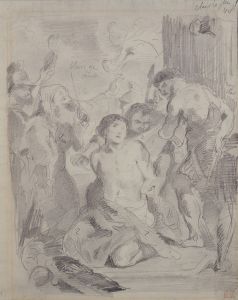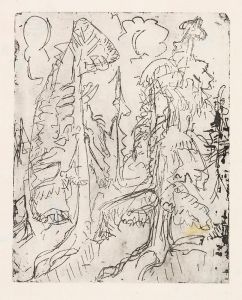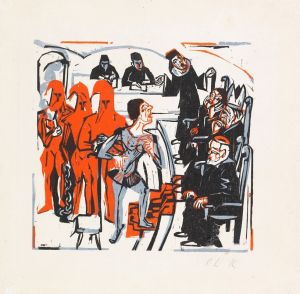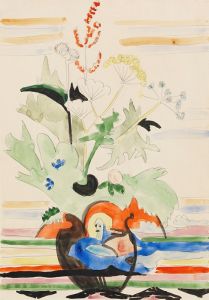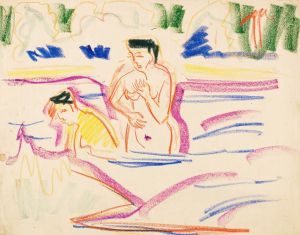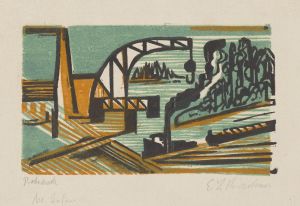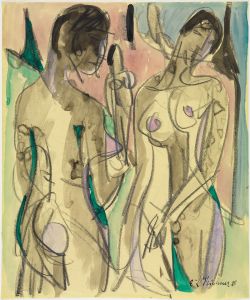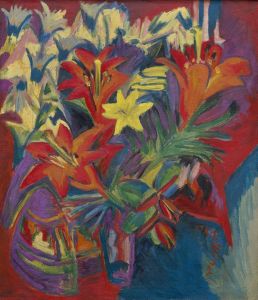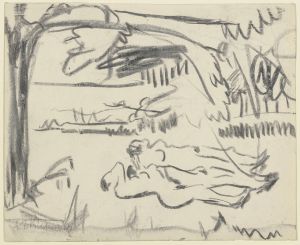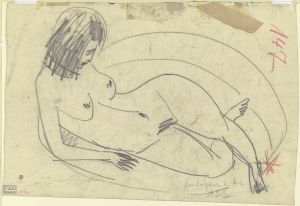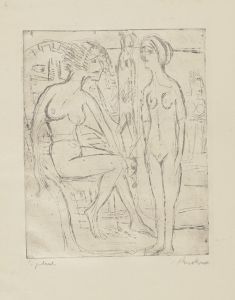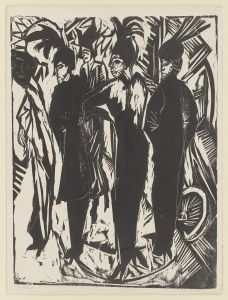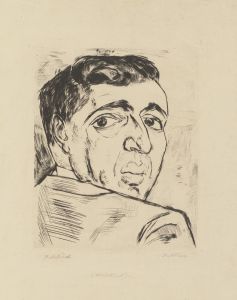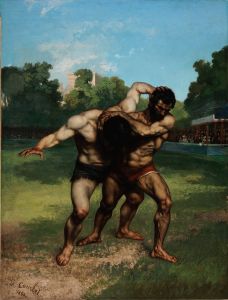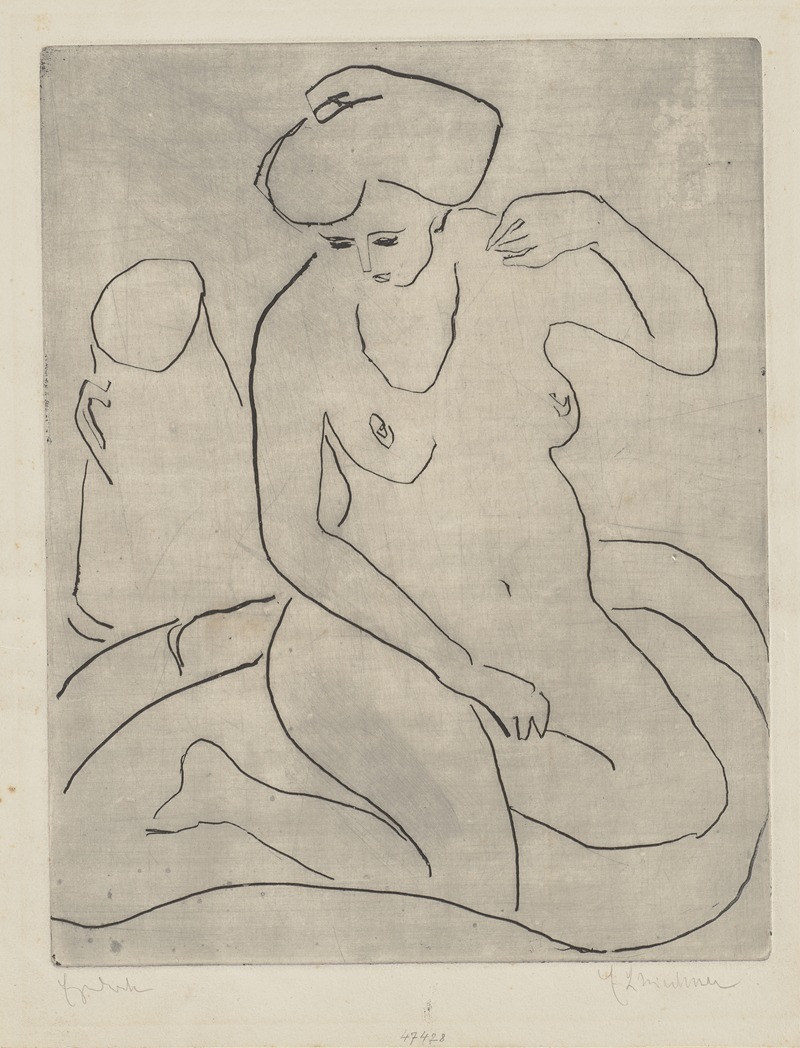
Akt
A hand-painted replica of Ernst Ludwig Kirchner’s masterpiece Akt, meticulously crafted by professional artists to capture the true essence of the original. Each piece is created with museum-quality canvas and rare mineral pigments, carefully painted by experienced artists with delicate brushstrokes and rich, layered colors to perfectly recreate the texture of the original artwork. Unlike machine-printed reproductions, this hand-painted version brings the painting to life, infused with the artist’s emotions and skill in every stroke. Whether for personal collection or home decoration, it instantly elevates the artistic atmosphere of any space.
Ernst Ludwig Kirchner (1880-1938) was a German expressionist painter and one of the founding members of the artist group Die Brücke ("The Bridge"), which played a pivotal role in the development of modern art in the early 20th century. Kirchner's work is characterized by its bold use of color, dynamic compositions, and expressive forms, often reflecting the anxieties and tensions of the modern age.
"Akt" (Nude) is one of Kirchner's notable works, exemplifying his distinctive style and thematic focus. Painted in 1910, this piece is a striking example of Kirchner's exploration of the human form and his interest in the expressive potential of the nude figure. The painting depicts a female nude, rendered with the artist's characteristic use of vibrant, non-naturalistic colors and dynamic, angular lines. The figure is set against a simplified, almost abstract background, which serves to emphasize the form and presence of the nude.
Kirchner's approach to the nude was heavily influenced by his desire to break away from traditional academic representations and to capture a more raw, primal essence of humanity. This is evident in "Akt," where the figure's pose and the bold, almost aggressive brushstrokes convey a sense of immediacy and emotional intensity. The painting reflects Kirchner's interest in the expressive capabilities of the human body and his belief in the power of art to convey deeper psychological and emotional truths.
The context in which "Akt" was created is also significant. The early 20th century was a period of great social and cultural upheaval, and artists like Kirchner were seeking new ways to express the complexities of the modern experience. The formation of Die Brücke in 1905 was part of this broader movement, as the group aimed to create a bridge between traditional and modern artistic practices. Kirchner and his contemporaries were influenced by a variety of sources, including non-Western art, which they saw as more authentic and untainted by the conventions of European academic art.
"Akt" can be seen as part of Kirchner's broader project to redefine the role of the artist and the purpose of art in society. By focusing on the nude figure, he was able to explore themes of sexuality, identity, and the human condition in a direct and unmediated way. The painting's bold colors and dynamic composition reflect Kirchner's belief in the transformative power of art and its ability to evoke a visceral response in the viewer.
Throughout his career, Kirchner continued to develop his distinctive style, and his work had a lasting impact on the development of modern art. Despite facing personal and professional challenges, including the trauma of World War I and the condemnation of his work by the Nazi regime, Kirchner remained committed to his artistic vision. His contributions to the expressionist movement and his innovative approach to the human form continue to be celebrated and studied by art historians and enthusiasts alike.
In summary, "Akt" by Ernst Ludwig Kirchner is a powerful example of early 20th-century expressionist art, reflecting the artist's bold use of color, dynamic composition, and interest in the expressive potential of the human body. Created during a period of significant social and cultural change, the painting embodies Kirchner's commitment to exploring the deeper psychological and emotional dimensions of the human experience through his art.





